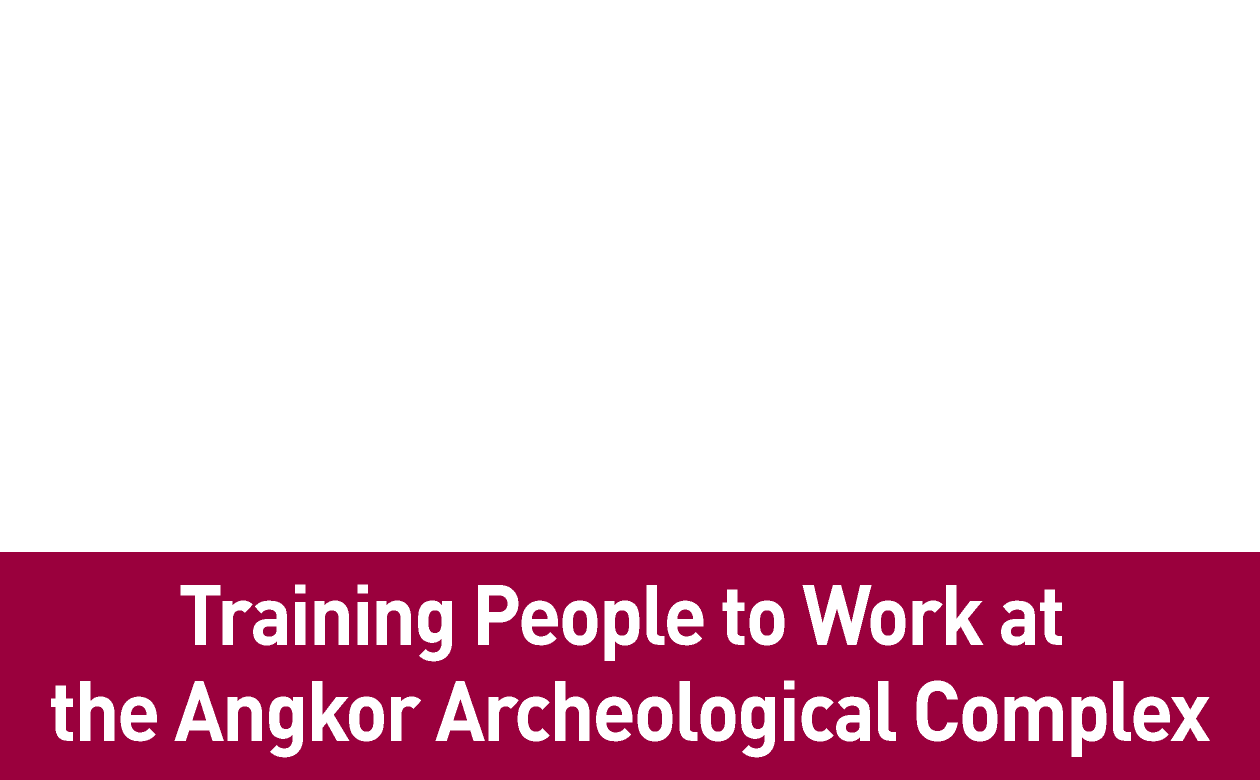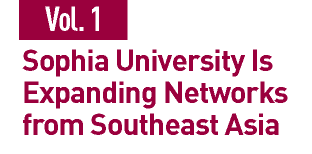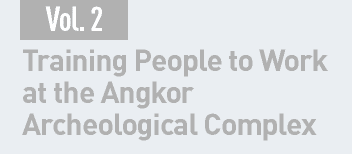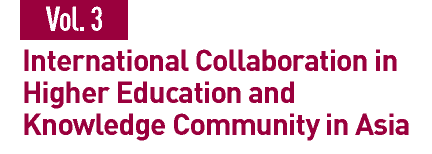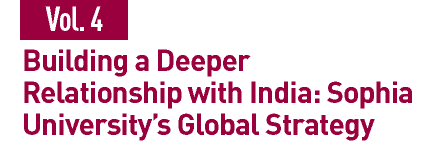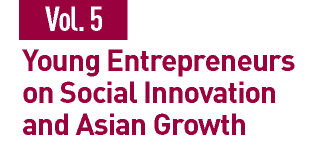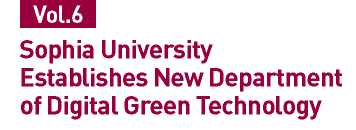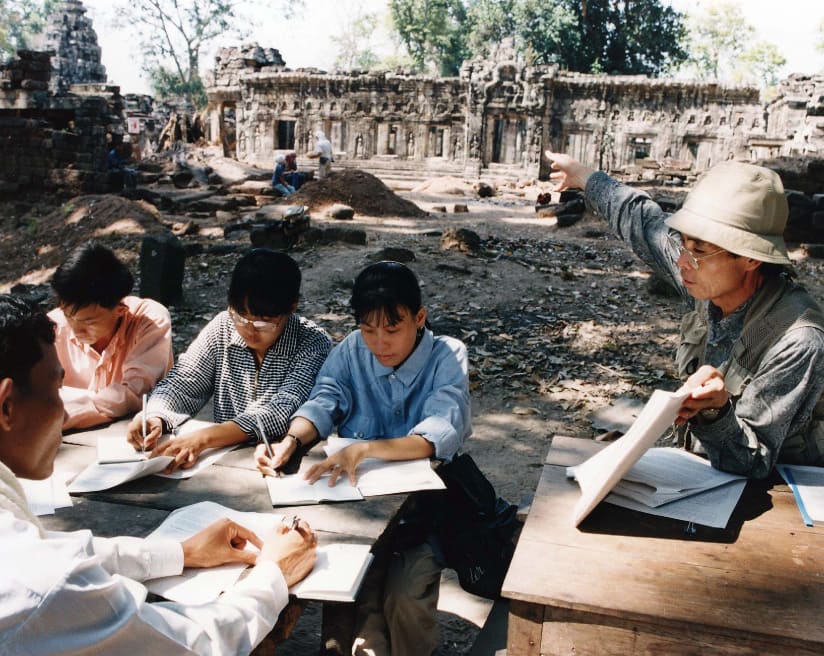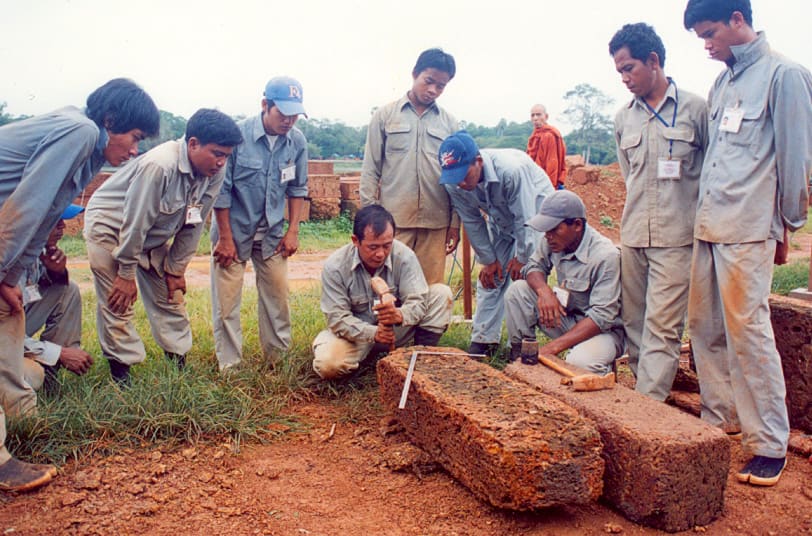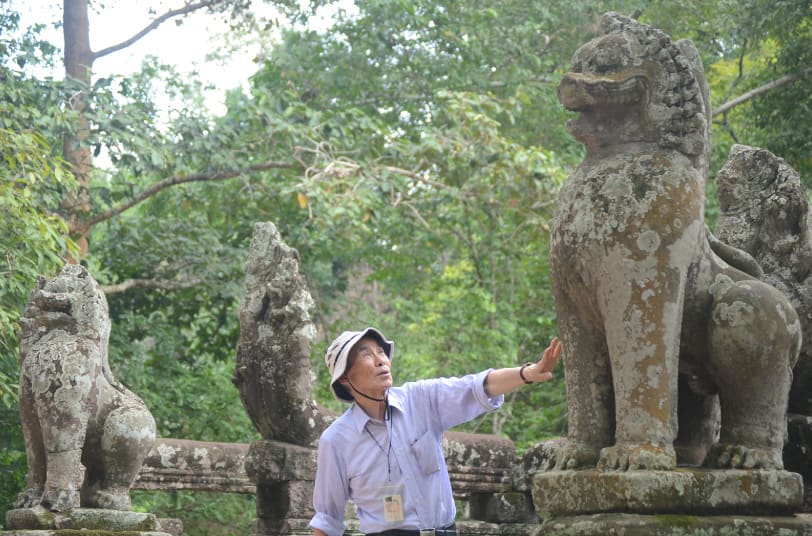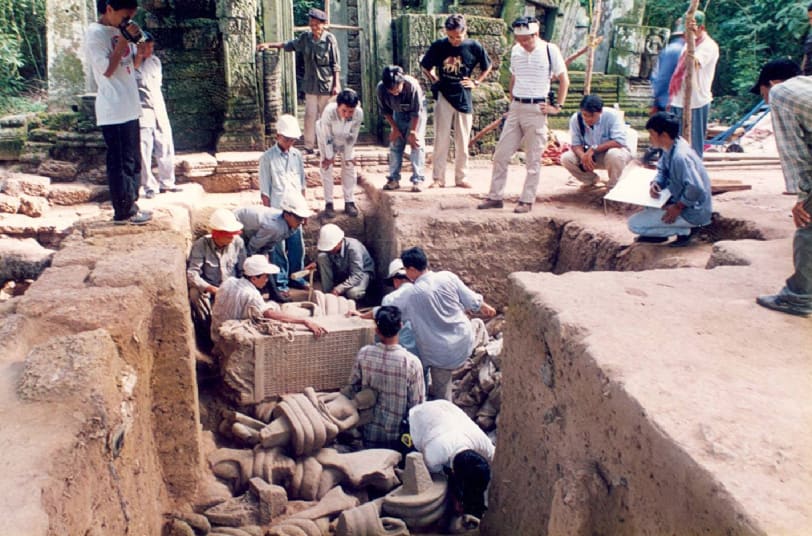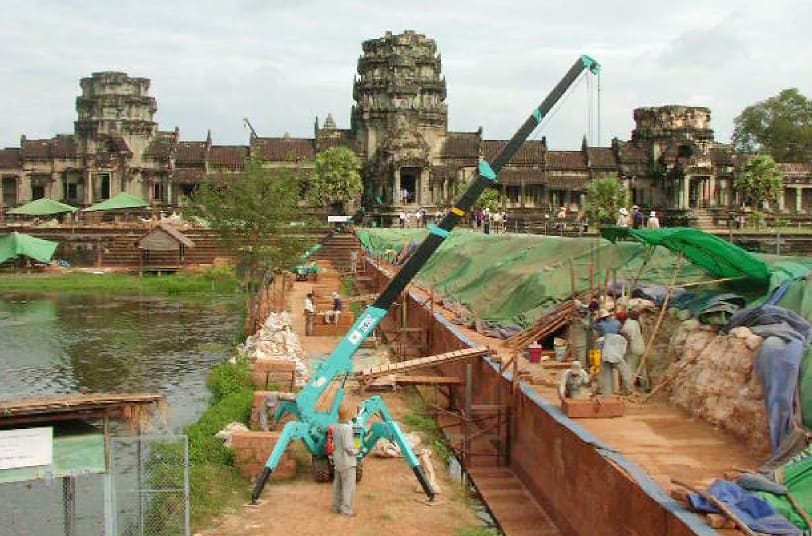To bring Good News to
my Departed Cambodian Friends
——Professor Ishizawa, could you explain how your interest in Angkor Wat began?
ISHIZAWA; It all began in 1960 during my third year at Sophia University, when I joined a tour group to Cambodia led by Prof. Paul Rietsch SJ, as part of our French language training. At that time, the École Française d’Extrême-Orient (French School of the Far East) in Cambodia was responsible for the restoration of Angkor Wat. The splendid sight of the five high towers of Angkor Wat in the morning sun was so breathtaking that it inspired within me a desire to begin research on the history of the Khmer Empire. After graduation I spent about 10 months assisting people at the École Française d’Extrême-Orient who were involved in the restoration work, and over the subsequent years I continued visiting Angkor Wat. However, after the eruption of the civil war in 1970, I was unable to visit Cambodia.
——In 1980, while the civil war still raged, you entered Cambodia in order to conduct an archaeological survey. What made you do that?
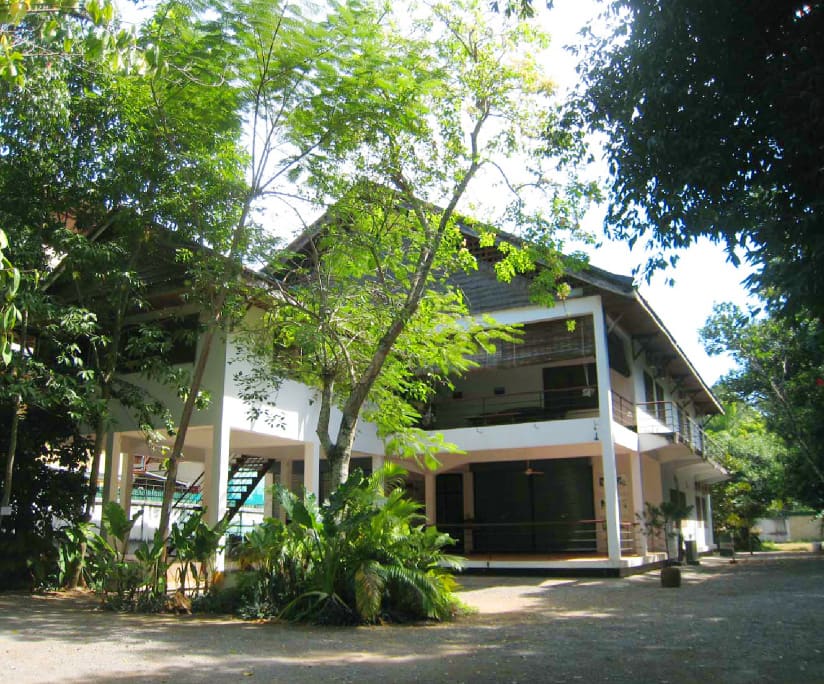
ISHIZAWA; Since 1961, there were around 40 Cambodian conservators who had worked along with me on the conservation and restoration work. However during the Pol Pot regime, most of them “disappeared.” They were believed to have been “contaminated,” owing to their familiarity with French, which was a foreign language, and only three of them subsequently returned to Angkor Wat. I received a letter from Pich Keo who happened to be one of the survivors, and who had become the Director-General for the Conservation of the Monuments of Angkor at the Ministry of Information and Culture. He described the forsaken and wretched situation of the Angkor Wat site that had been caused by the civil war, and appealed to me for help. It took five days to get from Vietnam into the city of Siem Reap, which was the gateway city to the Angkor Wat site. Due to the fact of their having been buried hin the jungle many of the monuments had collapsed, and the site was densely overrun by large trees. Angkor Wat is not merely an archeological site. The complex of temples is a source of great pride for the people of the nation. It is a sacred site, since it is considered the home of both Cambodian Hinduism and Buddhism, as well as the home of the worship of the great guardian spirits. Although we sent out a global SOS appeal from Sophia University describing the ruinous state of Angkor Wat we did not receive much of a response, since not many desired to get involved with the puppet regime that then held power in Cambodia. All the same though, I wanted to let the departed conservators know that the situation was being taken care of, so they may rest in peace. We managed to purchase some land to erect a local center for the training of new conservators, so that we could commence building human resources as early as possible.
